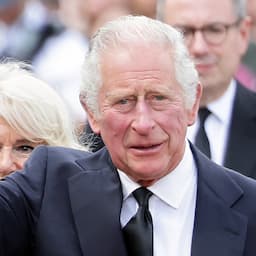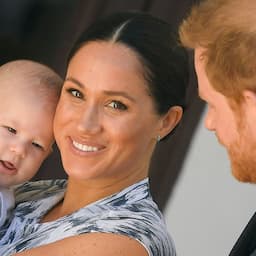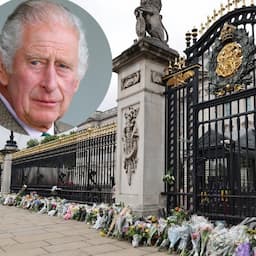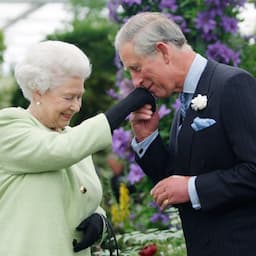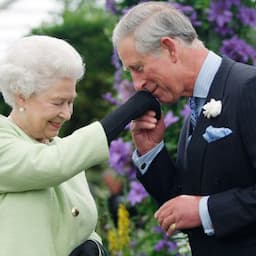The formal ascension took place Saturday at St. James's Palace in London.
King Charles III has officially ascended the British throne following his proclamation Saturday morning in the State Apartments of St. James's Palace in London.
While he automatically became the new King of England following Queen Elizabeth II's death on Thursday, the Accession Council convened Saturday for what's considered a constitutional formality to recognize his sovereignty. While royal protocols call for the Accession Council to gather within 24 hours of the death of the queen, there wasn't enough time to roll out those plans given the queen's death announcement came Thursday evening.
The Accession Council -- comprised of the prime minister, cabinet members, Archbishops and other senior public figures -- met at St. James's Palace at 10 a.m. local time, and the meeting was split into two parts. The council gathered at first without the new king present to proclaim the sovereign. Then, His Majesty held his first Privy Council and made his declaration. He also read and signed an oath to uphold the security of the Church in Scotland, where there's a separation of powers between Church and State.
"I understand that the Law requires that I should, at My Accession to the Crown, take and subscribe the Oath relating to the Security of the Church of Scotland,"Charles said in his oath. "I am ready to do so at this first opportunity. I, Charles the Third, by the Grace of God of the United Kingdom of Great Britain and Northern Ireland and of My other Realms and Territories, King, Defender of the Faith, do faithfully promise and swear that I shall inviolably maintain and preserve the Settlement of the true Protestant Religion as established by the Laws made in Scotland in prosecution of the Claim of Right and particularly by an Act intituled 'An Act for securing the Protestant Religion and Presbyterian Church Government' and by the Acts passed in the Parliament of both Kingdoms for Union of the two Kingdoms, together with the Government, Worship, Discipline, Rights and Privileges of the Church of Scotland. So help me God."
He later signed copies of that declaration, with Prince William, Queen Consort Camilla, Prime Minister Liz Truss also signing the declaration as witnesses.
"I take this opportunity to confirm my willingness and intention to continue the tradition of surrendering the hereditary revenues, including the Crown Estate, to My Government for the benefit of all, in return for the Sovereign Grant, which supports My official duties as Head of State and Head of Nation," Charles said in his declaration, in part. "And in carrying out the heavy task that has been laid upon me, and to which I now dedicate what remains to me of my life, I pray for the guidance and help of Almighty God."
This was all then followed by the Principal Proclamation, which was read from the balcony overlooking Friary Court at St James's Palace. The Proclamation was read by Garter King of Arms, accompanied by the Earl Marshal, other Officers of Arms and the Serjeants at Arms. This was the first public reading of the Proclamation. The second Proclamation was read in London while further Proclamations will be read in Scotland, Northern Ireland and Wales the next day.
In recognition of the new sovereign, flags will be flown at full-mast from the time of the Principal Proclamation at St James's Palace until one hour after the Proclamations in Scotland, Northern Ireland and Wales, after which flags will return to half-mast in mourning for the death of Her Majesty The Queen.
As for his coronation, royal expert Katie Nicholl tells ET that, at present time, there is no timeline of Charles' coronation, but it will most likely take place in a matter of months. Queen Elizabeth's crowning ceremony didn't happen until 16 months after her accession on Feb. 6, 1952 when her father, King George VI, died.
RELATED CONTENT:
